
 Podcasts
PodcastsCatch the latest PR news & updates with PRovoke Media's PR Podcasts. Lifting the lid on key industry stories & trends, join our listeners of PR podcasts today.
 Videos
VideosLatest video interviews and campaigns from PRovoke Media, previously known as the Holmes Report.
Long-form journalism that analyzes the issues, challenges and opportunities facing the business and practice of PR.
 Profiles & Interviews
Profiles & InterviewsExplore PR profiles and interviews with leaders from the marketing and PR worlds.
 Crisis Review
Crisis ReviewPR Crisis & Business Crisis review. PRovoke Media's annual analysis of the top reputation crises to rock the corporate sector. Read on here.
 Coronavirus
CoronavirusPRovoke Media's coverage of the Covid-19 crisis, focusing on corporate communication, public affairs & PR industry fallout.
 Trend Forecasts
Trend ForecastsPRovoke Media's PR Trends round up. PRovoke Media's annual forecast of PR trends and news that will impact the PR world in the year ahead...
 Social & Digital
Social & DigitalDedicated to exploring the new frontiers of PR as it dives deeper into social media, content and analytics.
 Technology
TechnologyOur coverage of key technology PR trends and challenges from around the world of digital communications.
 Consumer
ConsumerFrom brand marketing to conscious consumerism, coverage of key marketing and PR trends worldwide.
 Employee Engagement
Employee EngagementPRovoke Media's coverage, analysis and news around the rapidly-shifting area of employee engagement and internal communications.
 Sports Marketing
Sports Marketing Sports PR news, diversity & inclusion trends, views and analysis from PRovoke Media. Subscribe today for the very latest in the world of sports communications.
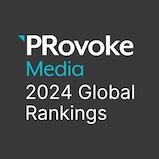 Global PR Agency Rankings
Global PR Agency RankingsPRovoke Media's definitive global benchmark of global PR agency size and growth.
Enter PRovoke Media's 2024 Global 250 Agency Ranking and/or our Agencies of the Year competitions now.
 Agencies of the Year
Agencies of the YearPRovoke Media's annual selections for PR Agencies of the Year, across all of the world's major markets.
 Innovator 25
Innovator 25PRovoke Media profiles marcomms innovators from across North America, EMEA and Asia-Pac.
 Creativity in PR
Creativity in PRIn-depth annual research into the PR industry's efforts to raise creative standards.
 Asia-Pacific Communication Index
Asia-Pacific Communication IndexAPACD/Ruder Finn annual study of Asia-Pacific in-house communications professionals.
 SABRE Awards
SABRE AwardsThe world's biggest PR awards programme, dedicated to benchmarking the best PR work from across the globe.
 PRovokeSummit Global
PRovokeSummit GlobalThe biggest PR conference of the year, a high-level forum designed to address the critical issues that matter most.
 PRovoke Media Regional Series
PRovoke Media Regional SeriesA global network of conferences that explore the innovation and disruption that is redefining public relations.
 Agencies of the Year
Agencies of the YearUnrivalled insight into the world's best PR agencies, across specialist and geographic categories.
 Roundtables
RoundtablesOur Roundtables bring together in-house comms leaders with PR firms to examine the future of communications.
 Agency Playbook
Agency PlaybookThe PR industry’s most comprehensive listing of firms from every region and specialty
.jpg) All Jobs
All JobsFind the latest global PR and communications jobs from PRovoke Media. From internships to account executives or directors. See all our PR jobs here.
PRovoke Media's editorial series published in collaboration with partners.
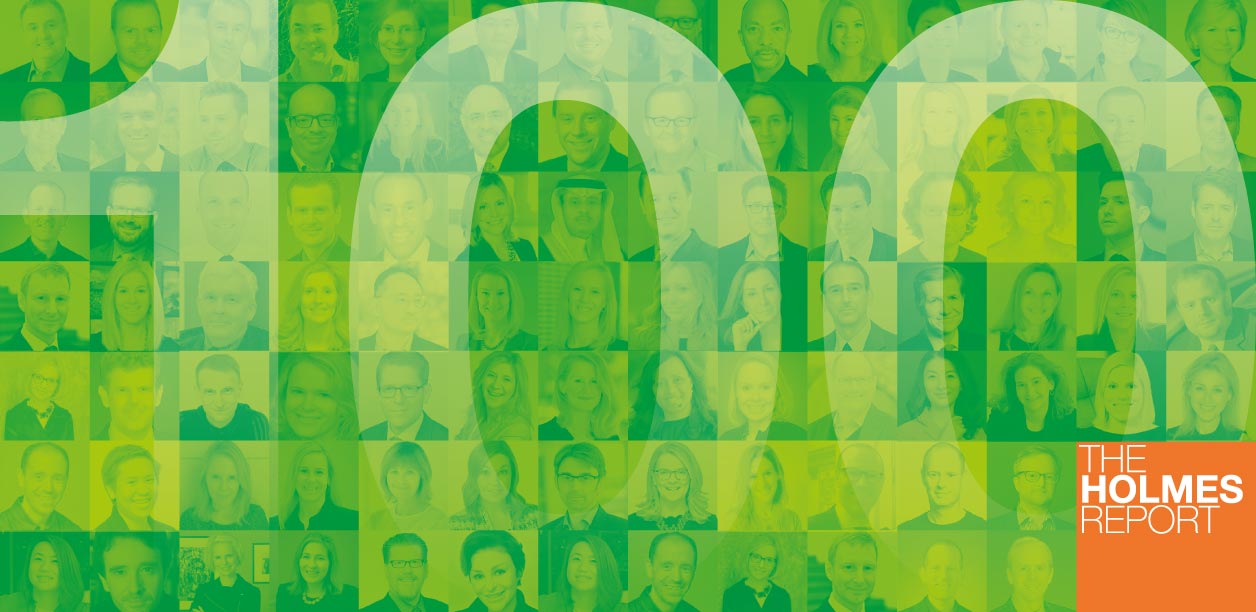
The following research is based on responses from a survey sent to this year's Influence 100, and when applicable, our own analysis and research. Because of rounding, some percentages might exceed 100%.
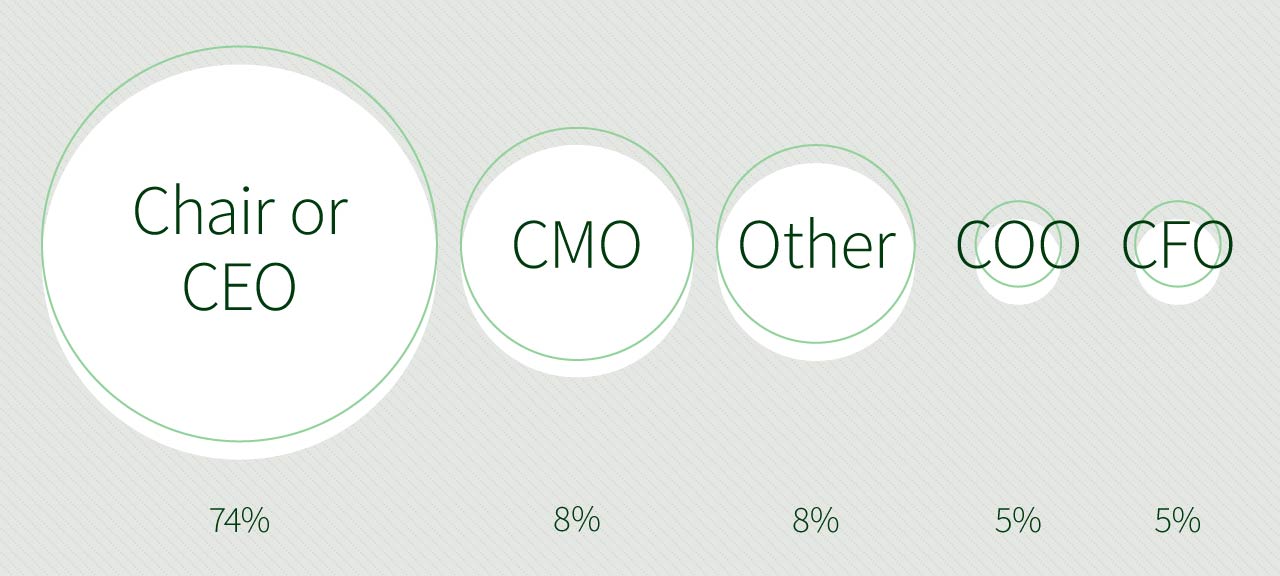 There's a big leap in the number of CMOs and CCOs reporting into the chief executive or chair of their organisation this year: 74%, up from 64% last year. Oversight by the chief marketing officer dipped from 14% to 8%, with the remainder of our cohort reporting into various functions, including the chief operations officer, chief finance officer, and VPs or SVPs of corporate/public affairs.
There's a big leap in the number of CMOs and CCOs reporting into the chief executive or chair of their organisation this year: 74%, up from 64% last year. Oversight by the chief marketing officer dipped from 14% to 8%, with the remainder of our cohort reporting into various functions, including the chief operations officer, chief finance officer, and VPs or SVPs of corporate/public affairs.
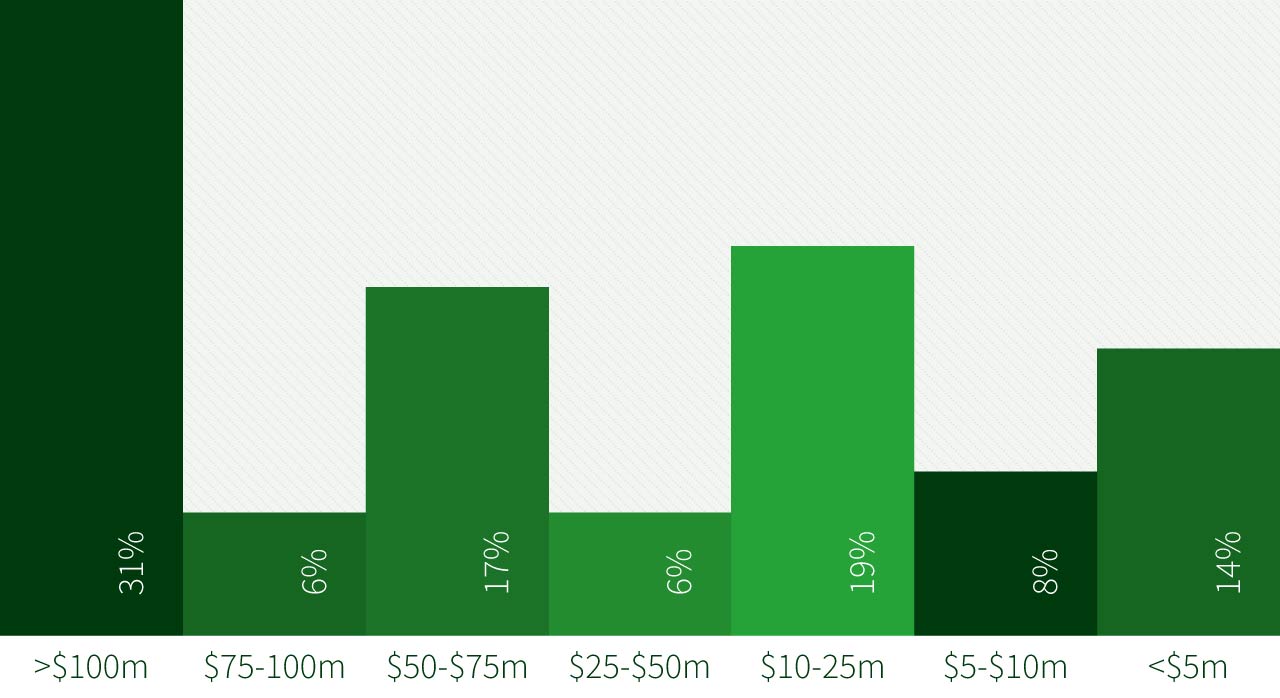
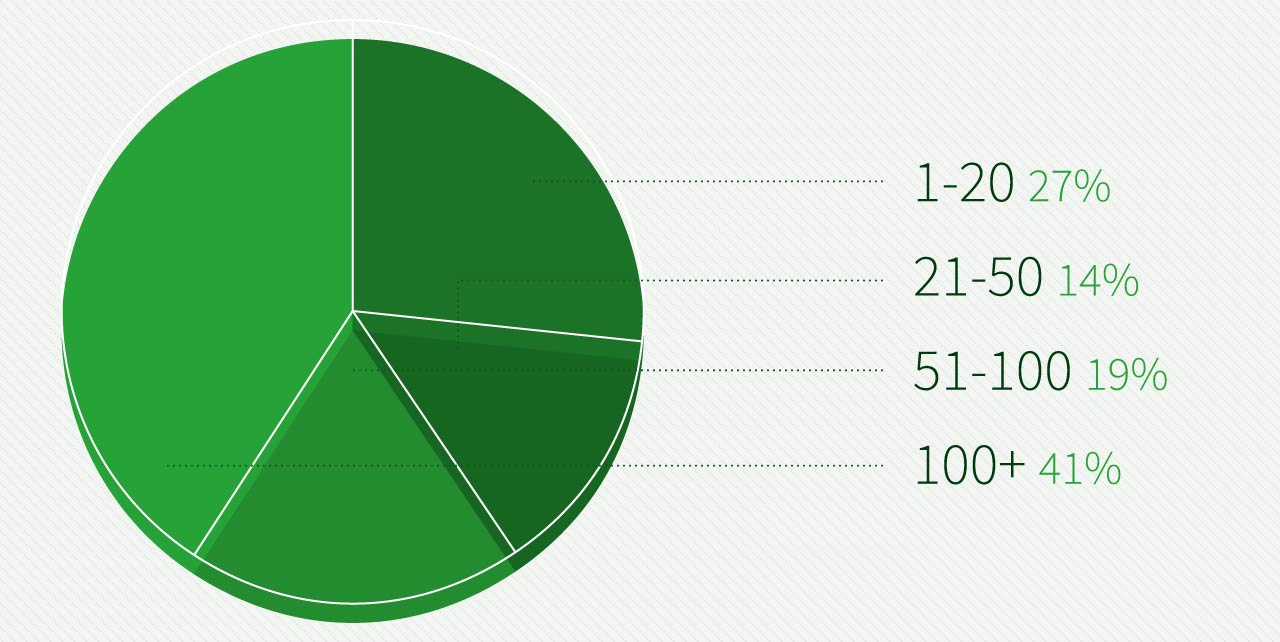
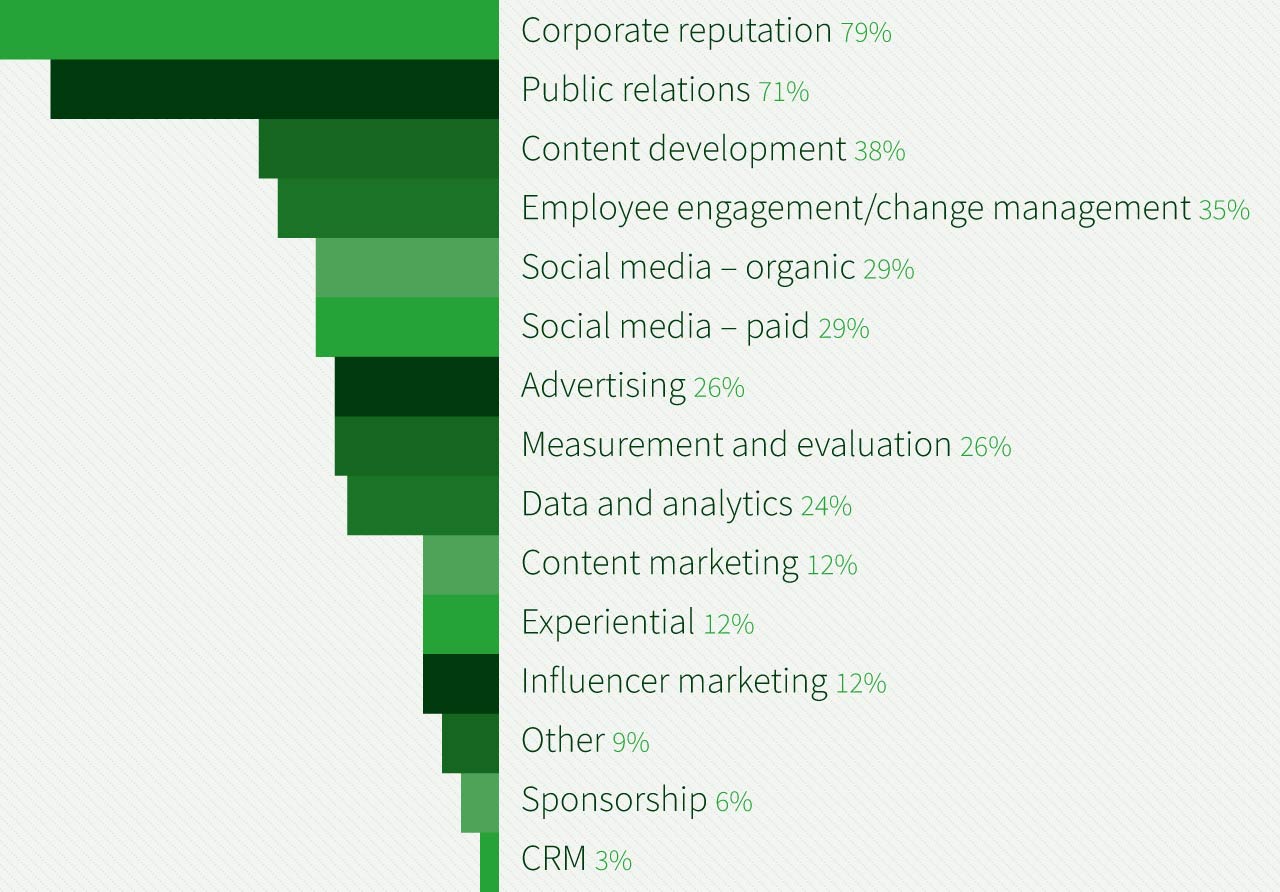 PR budgets are enjoying something of a spike: after years of freefall in the numbers of our CMOs and CCOs who were managing budgets of more than $100m – from 50% in 2015 down to 11% last year – this year it’s back up to 31%.
PR budgets are enjoying something of a spike: after years of freefall in the numbers of our CMOs and CCOs who were managing budgets of more than $100m – from 50% in 2015 down to 11% last year – this year it’s back up to 31%.

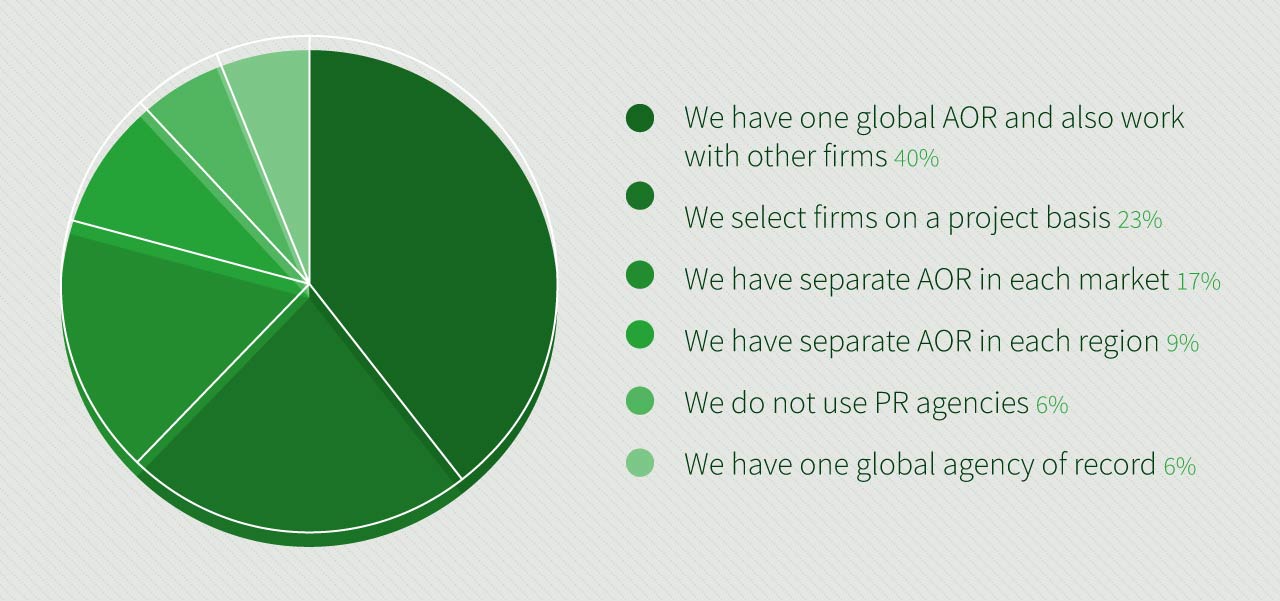 The Influence of our 100 this year again ranges much further than public relations, in terms of being primary decision makers for hiring agencies beyond PR firms, although to a lesser extent than in 2018. This year, 53% of respondents were the primary decision-maker for digital/social agencies (down from 64% last year and 79% in 2017) and 36% said the same of advertising agencies, up significantly from 28% last year. Other agencies managed by our cohort included experiential, financial and public affairs specialists, market research, content, and internal communications.
The Influence of our 100 this year again ranges much further than public relations, in terms of being primary decision makers for hiring agencies beyond PR firms, although to a lesser extent than in 2018. This year, 53% of respondents were the primary decision-maker for digital/social agencies (down from 64% last year and 79% in 2017) and 36% said the same of advertising agencies, up significantly from 28% last year. Other agencies managed by our cohort included experiential, financial and public affairs specialists, market research, content, and internal communications.
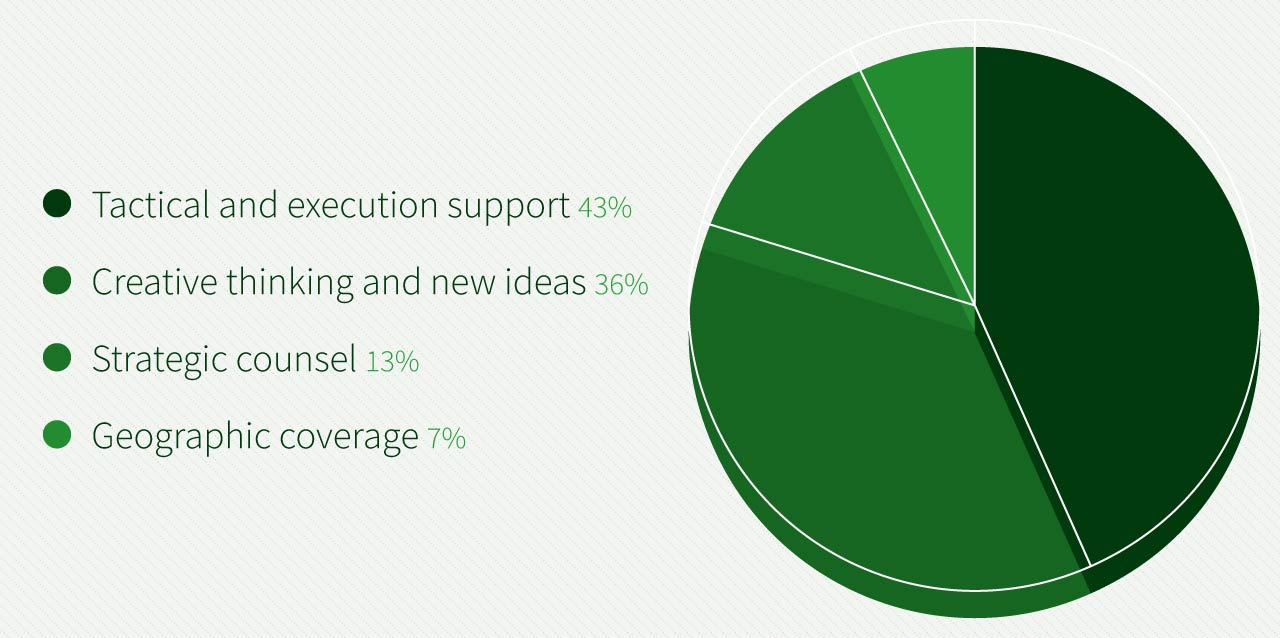

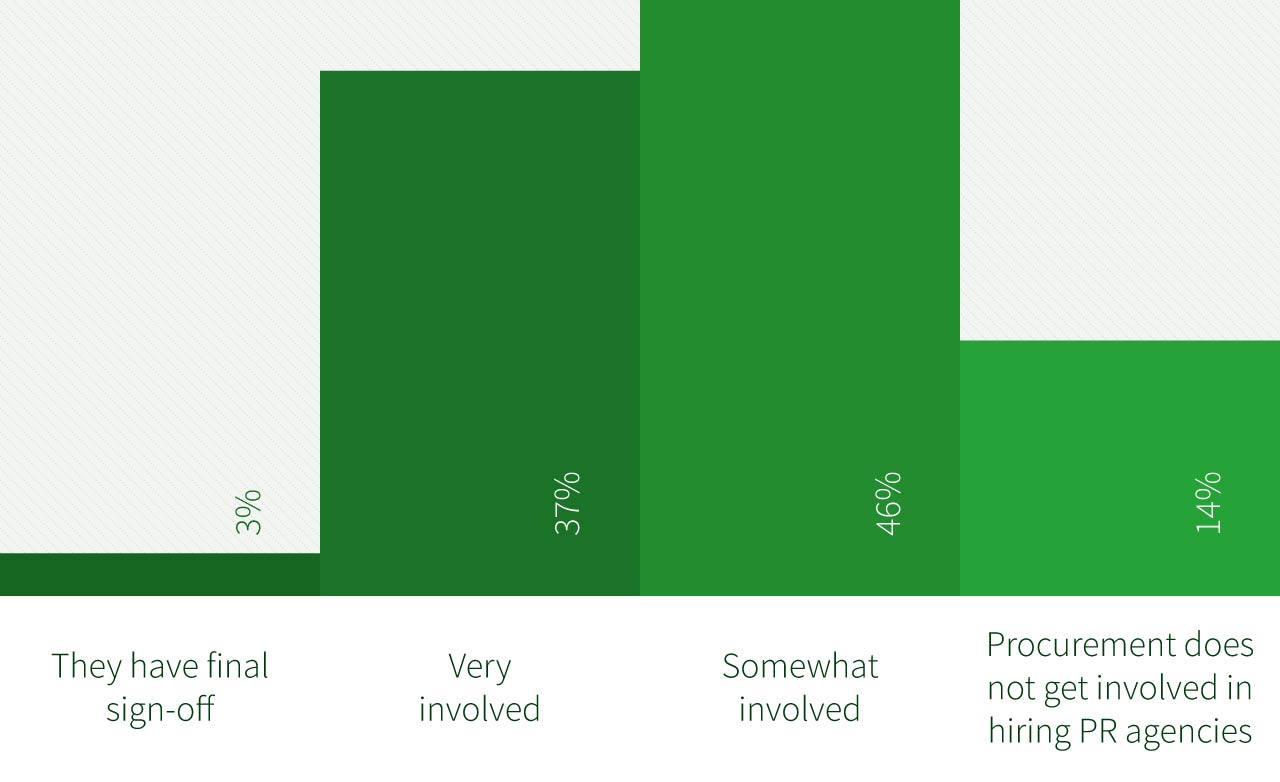 There has been a shift in the perceived value that agencies bring to their clients this year, with 36% saying creative thinking and new ideas were the greatest benefit of working with an agency, up from 27% last year. It’s all about tactical execution for 43% of CMOs and CCOs (up from 17% in 2016, for comparison) however, and strategic counsel and direction was also down even further to 13%, compared to 40% in 2016.
There has been a shift in the perceived value that agencies bring to their clients this year, with 36% saying creative thinking and new ideas were the greatest benefit of working with an agency, up from 27% last year. It’s all about tactical execution for 43% of CMOs and CCOs (up from 17% in 2016, for comparison) however, and strategic counsel and direction was also down even further to 13%, compared to 40% in 2016.
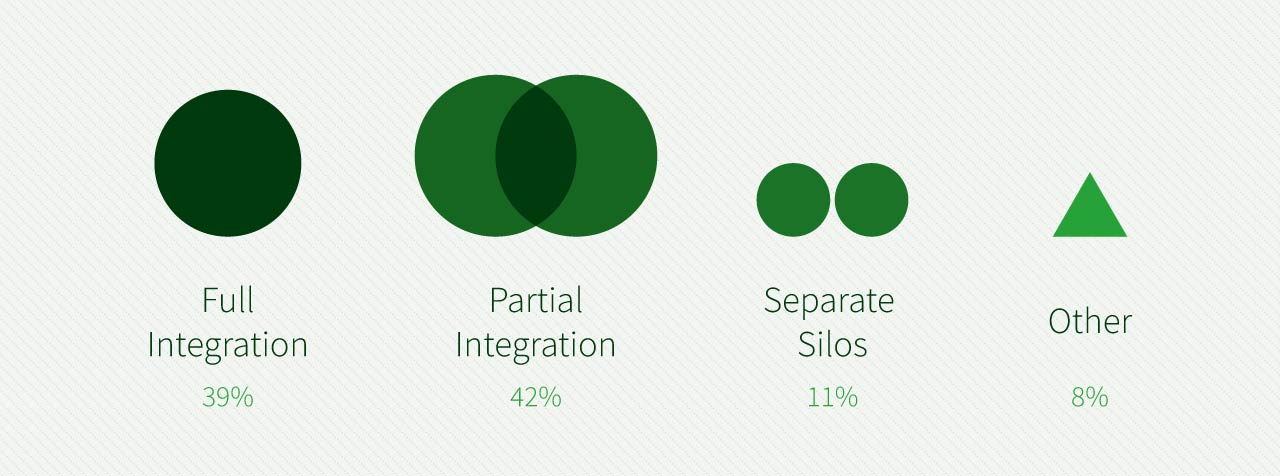 With integration still a major theme for the industry, we again asked our influencers about the extent to which marketing and communications functions in their business are now integrated, and their expectations of their PR agencies in terms of offering an integrated service. A similar number to last year – 39% – said there was full integration of marketing and comms disciplines within their organisations, while the number saying there was partial integration was down from 55% to 42%. The number of respondents saying they still operated completely separate silos was up from 5% to 11%.
With integration still a major theme for the industry, we again asked our influencers about the extent to which marketing and communications functions in their business are now integrated, and their expectations of their PR agencies in terms of offering an integrated service. A similar number to last year – 39% – said there was full integration of marketing and comms disciplines within their organisations, while the number saying there was partial integration was down from 55% to 42%. The number of respondents saying they still operated completely separate silos was up from 5% to 11%.
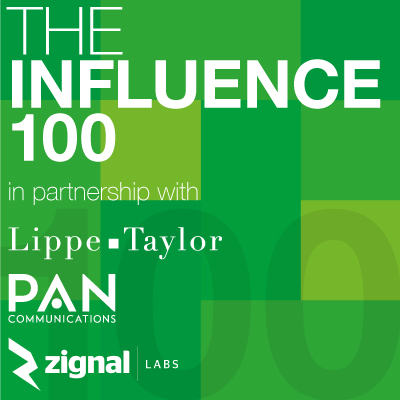
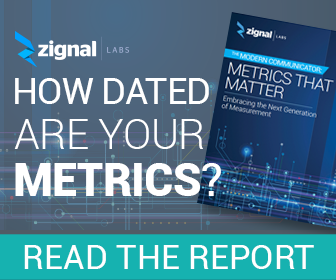




Intelligence and insight from across the PR world.
About PRovoke Media Contact Us Privacy & Cookie PolicyWe feel that the views of the reader are as important as the views of the writer. Please contact us at [email protected]
Signup For Our Newsletter Media Kits/Editorial Calendar Jobs Postings A-Z News Sitemap© Holmes Report LLC 2024